Ironically, popular with tourists Egypt has many areas that almost did not attend travelers. Among them, for example – the central part of the country, the so-called Middle Egypt. This region will be discussed.
Middle Egypt called for the convenience of the middle part of the Nile Valley. Given that Lower Egypt – Nile delta is and Upper – Valley itself, the use of the expression “Middle Egypt” is invalid. Nevertheless, it is well-established phrase, which can be heard very often tend to refer to regions between El Miney and Kenoy, although this conventional boundary can be greatly enhanced. Tourists usually drive through these places on a fast train without stopping. This unpopularity is due poor infrastructure, roads and useless agrarian orientation of the region. Here engaged in the cultivation of cotton and about any tourists think not think. Nevertheless, here you can see a lot of unusual places that certainly will not leave you indifferent people interested in the history of Egypt. We begin our journey from the heart of Middle Egypt – Assiut.
Assiut
Although the center of the Egyptian province of Assiut – is primarily large industrial city specializing in the manufacture of footwear, carpets and textiles, its history conceals extraordinary event. Ancient Egypt was the capital of the Thirteenth Nome place of worship deities bestial “opens the way” Vepvavetu and conductor of the dead Anubis. But still, the main asset of Asyut – is its Christian heritage. Monastery Deir el-Muharraq recognized as one of the most important strongholds of Christianity outside the kingdom of Israel. According to biblical tradition, six months and ten days spent fleeing persecution evil Herod, the Holy Family in the cave, which has become part of a sacred place for the faithful. In August, the rock on which Jesus often sat and modest wooden church of St. Mary, built in I century, become the object of pilgrimage. Assiut and other known inexplicable miracle, rejected the Patriarchate of Alexandria: August 19, 2000 over the church of St. Mark supposedly occurred apparition of the Virgin Mary, accompanied by bright light.
Despite the fact that this location is within a few tens of kilometers to the north of El Mini formally slightly misses the so-called Middle Egypt, we can not fail to mention it. Birket Qarun lake to see a little fortunate to tour, and it seems to us unfair.
Birket Qarun lake
Rare traveler past not mentioned in his travel notes Meridovo lake – pond in the ancient oasis of Fayoum, which grew on the banks of the city Krokodilopol (Arsinoe). It housed an architectural marvel, the size of which, according to Herodotus, many times superior to the pyramid. Ancient labyrinth, which became the prototype for the famous labyrinth of the Minotaur, was erected in 2300 BC and occupied 70,000 square meters. In the tangled web of benighted passages and chambers, to understand which could only unit sacrifices Egyptian deities and buried the most important in the realm of being – Pharaohs and crocodiles. Many centuries have passed since: Mer-ur obmelchal turned into a much more modest Birket Qarun and giant columns and slabs maze were stolen and used in another building. But the neighborhood lake, announced in 1989 a natural reserve, not cease to please marvelous discoveries. In the early 1900s on the steep slopes of clay were found the remains unseen before the beast – the oldest of the existing on Earth Proboscidea, dubbed meritery. On the shores of the salt Birket Karuna, who is considered the largest natural lake of modern Egypt, home to a colony of flamingos, and its waters are rich in mullet.
At the southern boundary of the conditional Middle Egypt Elephantine is located. Once this island, is the capital of the First Nome, was a well-fortified fortress on the borderline between Egypt and Nubia. Here seething life: local artisans planed as toys, crafts, which are then sent to Central Africa for ivory and gold. Order on the piece of land near modern Aswan looked after Khnum, the guardian of the Nile, his wife Satet responsible for the spill one of the longest rivers in the world, and their child ANUKET, patroness of the first threshold. Elephantine ruled Relatives pharaohs and their tombs located by the Nile abounded reliefs and stunning luxury. In the era of the Ptolemies then came the first nilomer serving to change the level of the Nile waters, and in Roman times – arched bridge linking the island to the eastern bank of the river.
Elephantine
But all the splendor of the ancient center of trade remained only on sketches made by Napoleon’s expedition: in the XIX century, most of the attractions of Elephantine was destroyed. Now the island archaeological excavations, finds pleasing: were found blocks that were part of the temple of Khnum, bas-reliefs from the sanctuary and Satet pyramid of granite boulders. The main attraction of this place – rebuilt temple Satet decorated with pilasters and unique carvings.
If a long road wheel Egypt, stopping near every attraction temples seem identical. Then it’s time to look at Dendera (located near Qena) – the ancient city, is much inferior to the popularity of Luxor and Karnak, shrouded atmosphere of mystery. Located here quite a bit of Hathor temple visitors. Since the landmark belongs to Middle Egypt, to get here, you will need transportation to the driver and special permission from the authorities. If you believe in “places of power” – this is your area.
Temple of Hathor
Space goddess Hathor Temple, the daughter of the god Ra, was built of sandstone and was buried in the sands of the XIX century, thus able to reach our days almost intact. All in the 79-meter sanctuary connected with the mysteries and initiations: ceiling decorated astronomical clock, and the central hall – the famous Zodiac Osiris, now stored in the Louvre. In 15 crypts, arranged on three tiers stored ritual objects and relics, and six chapels of Osiris spread over the roof of the chapel, carried hidden from ordinary mortals ceremony – the sacrament of regeneration God. Dendera necropolis hides dozens of tombs of the Old and Middle Kingdoms, and overgrown with palm trees lake – the ruins of a mysterious underwater temple.
Located just south of Qena Aswan quarries – another place that almost no one visits. While traditional history, clinging pleasing archaeological finds and ignoring unfavorable claims that the giant Egyptian obelisks took on the ideal form using primitive tools, push alternativschiki fantastic versions. Some see around aliens, others – Atlanta, but all are united in the opinion that the raw material for the construction of awe-inspiring designs came from the quarries of Aswan. In Pharaonic times, mining pink marble reached unbelievable proportions: one during the reign of Ramses II was only erected an obelisk 23, the average weight of each of which exceeded 200 tons.
Although most of the Aswan quarries had disappeared beneath the city buildings and monuments, not destroyed by time and wars, settled across Europe, this place hides its secrets. The only unfinished obelisk in Egypt, thrown at the site, causing questions that historians have no answer. Why he gouged in the rock vertically instead of horizontally? Which tool could leave a trail of size 27 inches, and where did the huge longitudinal crack? And most importantly – how the ancient builders who did not have any cranes or trucks planned to deliver to your destination in the world hardest artificial stone weighing 1,200 tons?
In general, if you are interested in mysteries of the history, go to Middle Egypt – there you will find plenty of them.
Unknown Egypt
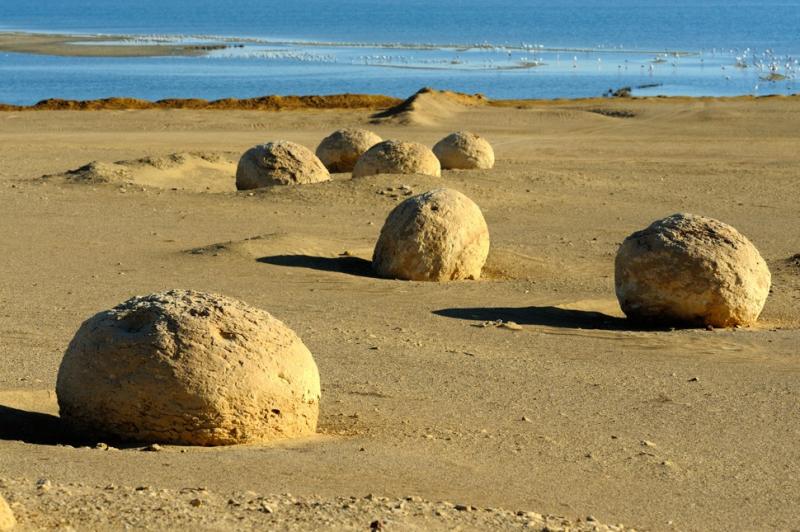
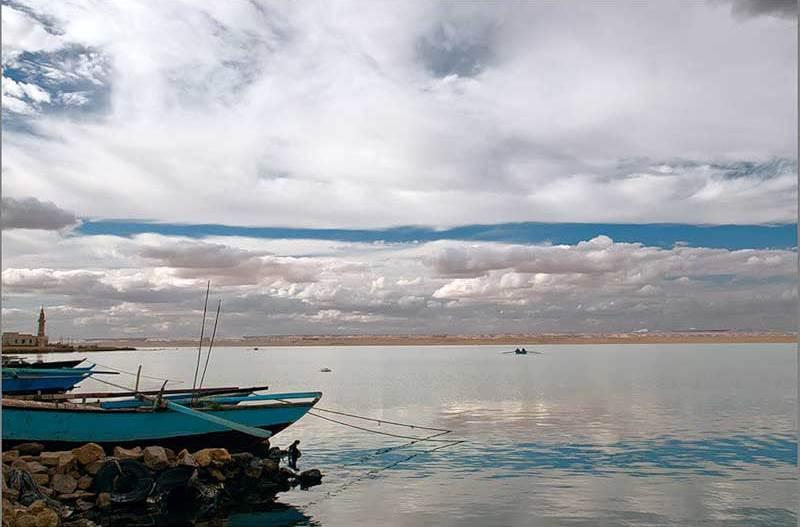
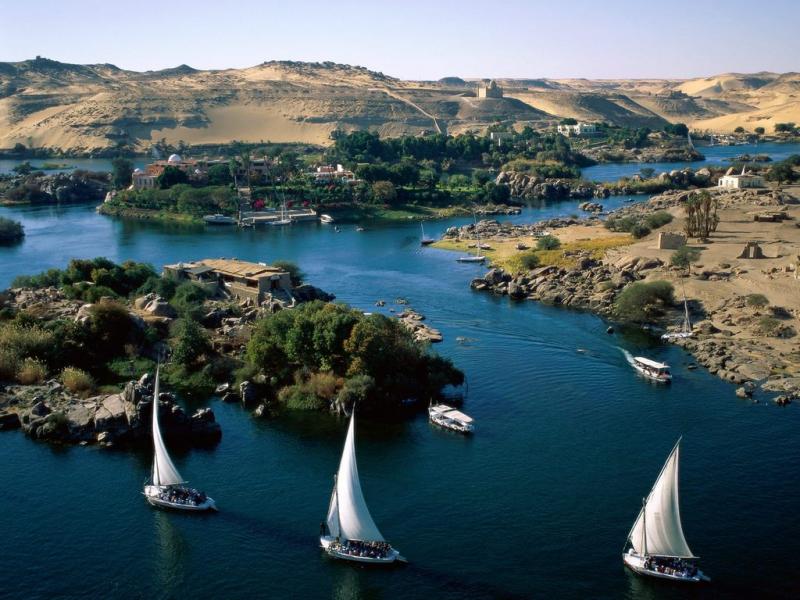
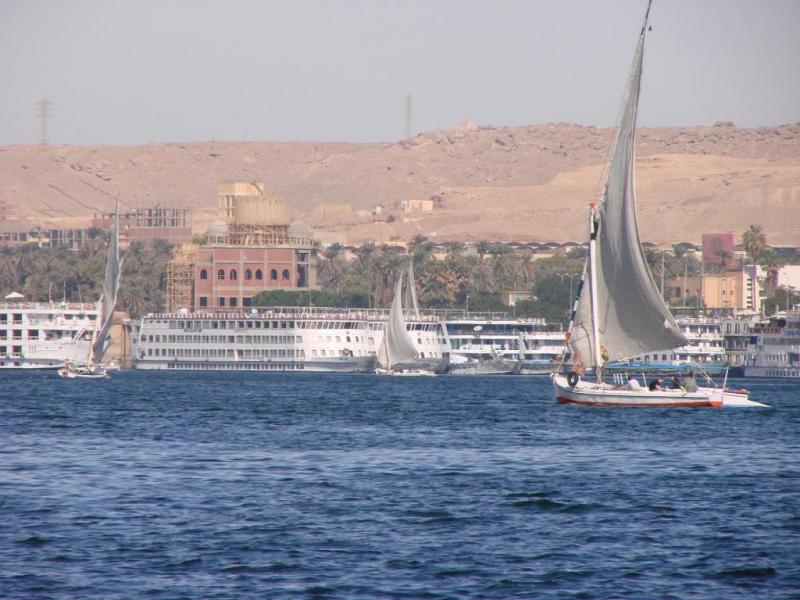
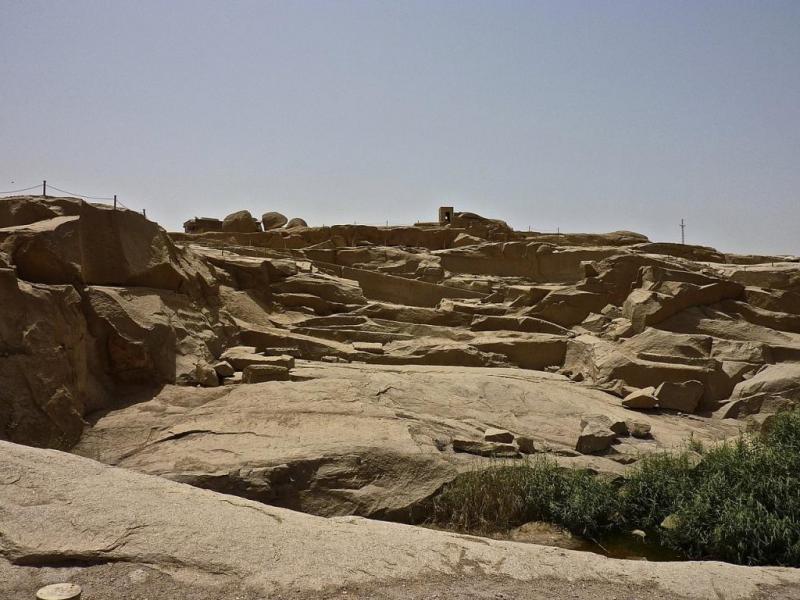
No comments:
Post a Comment